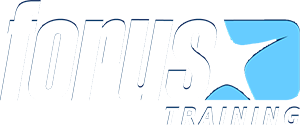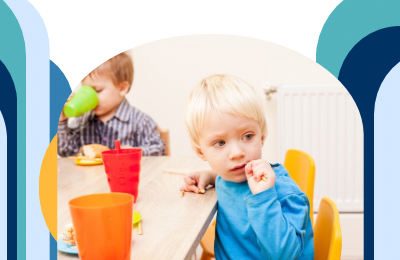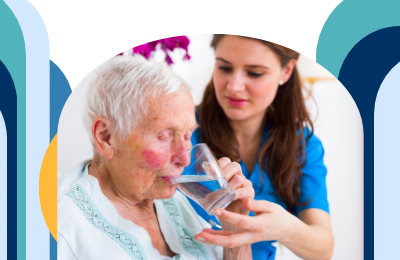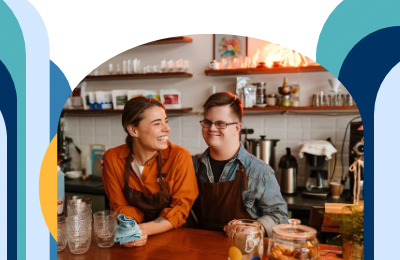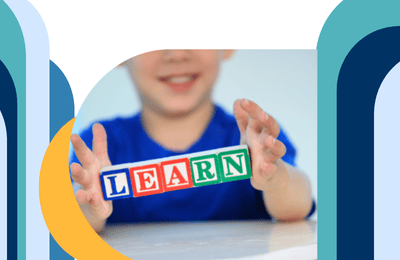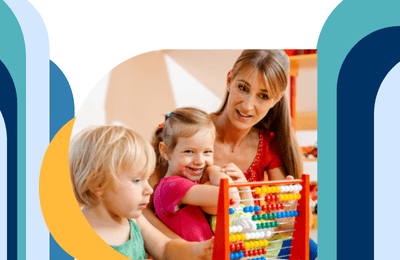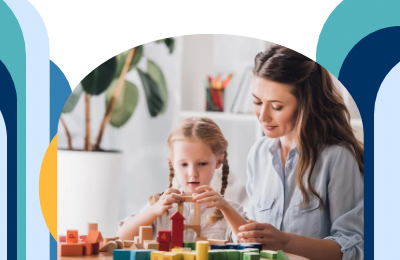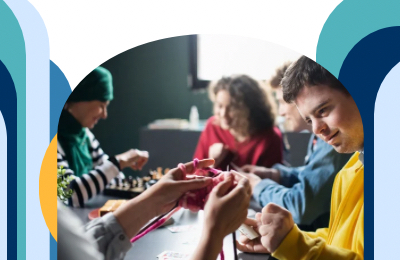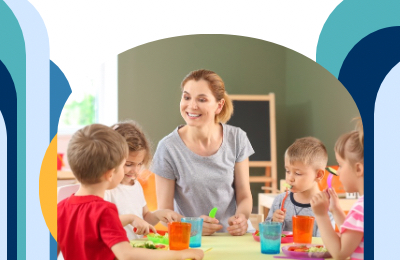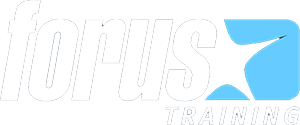What’s New in Aistear and How is it Represented in Early Learning and Care (ELC)
Aistear, meaning “journey” in Irish, is the Early Childhood Curriculum Framework developed by the National Council for Curriculum and Assessment (NCCA). First published in 2009, it guides the learning and development of babies, toddlers and young children in Ireland. In 2024–25, Aistear was substantially updated to reflect new research, evolving societal contexts, policy changes, and the lived experiences of early childhood in Ireland.
This article outlines what’s new in the updated Aistear, and how these changes are represented in practice in Early Learning and Care settings.
What’s New in the Updated Aistear
| Area | Previous Aistear (2009) | Updated Aistear (2024/25) |
| Principles | 12 principles. | Reduced to 9 principles. Some have been merged; a new principle “Transitions” has been added to emphasise the numerous transitions babies, toddlers and young children experience. |
| Terminology | Terms like “practitioner”, “adult”, “children”; “equality & diversity”; “needs” etc. | Now “educator” instead of “practitioner” or “adult”; “they” instead of “he/she”; “rights” instead of “needs”; and explicit reference to “babies, toddlers and young children” rather than just “children” to respect differential phases. |
| Cultural & Linguistic Emphasis | Some attention given to culture, diversity, Irish language, but not deeply embedded. | Greater embedding of Irish (Gaeilge) throughout the document: words, proverbs, phrases “as Gaeilge” are included. More recognition of home languages and cultural diversity. |
| Themes & Learning Goals | Four themes: Wellbeing; Identity & Belonging; Communicating; Exploring & Thinking. Each had a set of learning goals. | Themes remain the same but Learning Goals have been reduced / streamlined. Goals are intended to be broad, observable, flexible. Some new emphases: STEM, emergent literacy & numeracy, digital technologies. |
| New/Enhanced Focuses | Original framework already valued play, relationships, holistic development. | Enhanced emphasis on agency (children’s voice, choice, role as citizens), transitions, outdoor learning & sustainability, equity (not just equality), inclusion, risk in play, and aligning with other policies and frameworks (e.g. the Primary Curriculum Framework). |
How the Updated Aistear is Represented in ELC (Early Learning and Care)
What do these changes mean on the ground in ELC settings? Here’s how the updated Aistear is, or will be, represented in practice:
- Educator Role & Interactions
- Educators are encouraged to be agentic educators—meaning, they actively facilitate children’s agency rather than acting simply as transmitters of knowledge. Children are seen as competent learners; their voice, interests, choices are respected.
- Slow relational pedagogy is emphasised: taking time to build trusting relationships, observing, listening, responding to children’s cues.
- Learning Environments
- Indoor and outdoor spaces are treated as learning resources. Outdoor learning, nature engagement, sustainability become more visible in the framework.
- Environments should be inclusive, reflect home cultures and languages, promote identity & belonging.
- Curriculum Planning & Themes
- The same four themes remain (Wellbeing; Identity & Belonging; Communicating; Exploring & Thinking), but the learning goals under them are fewer and clearer. This allows more flexibility for educators to adapt to the needs of babies, toddlers, and young children.
- More support for emergent literacy, numeracy, STEM, arts—the updated framework gives more prominence to these.
- Transitions
- “Transitions” is now a standalone principle. Recognises that children go through multiple transitions (home → centre; toddler → young child; between care settings; from ELC → primary) and that these transitions are moments requiring sensitive support.
- Equity, Diversity, Inclusion
- The principles explicitly emphasise equity (fairness of access, recognizing diverse needs) and inclusion.
- More explicit recognition of children from minority backgrounds, cultural diversity, Traveller community, home languages.
- Use of Irish Language
- Irish phrases, proverbs, and “words as Gaeilge” are integrated into daily practice. This supports children’s exposure to/participation in the Irish language in meaningful ways.
- Guidance & Support for Educators
- The “Guidance for Good Practice” and supports for implementation are part of the updated framework. These help educators understand how to operationalise the new principles, plan learning, observe & document progress, work in partnerships with families.
- The Aistear-Síolta Practice Guide is also part of the quality improvement supports in the early years sector.
- Alignment with Other Policy/Frameworks
- To ensure continuity as children move from ELC to primary school, updated Aistear has been aligned with the Primary Curriculum Framework.
- Other national policies: for instance, those on workforce development, inclusion, quality in early years, etc., are considered in how Aistear is updated.
Considerations for ELC Settings
- Training and Capacity-Building: Because some of the changes are conceptual (e.g. agency, inclusion, transitions), educator professional development is essential to bring them into everyday practice.
- Reflective Practice: Settings will benefit from reflective cycles—planning, implementing, observing, reflecting, adapting.
- Documentation: Observations and learning stories will likely adapt (e.g. documenting transitions, including children’s voices, multi‐modal communication).
- Resource & Environmental Changes: Incorporating outdoors, digital technologies, culturally responsive materials, Irish language usage.
- Partnership with Families and Communities: More emphasis on engaging families, acknowledging home languages/cultures.
The updated Aistear represents a modernised, research‐informed, more inclusive, and flexible framework for supporting early childhood learning and care in Ireland. In ELC settings, it asks for more intentionality: in planning, environment, interactions, language, and recognising the rights and agency of the youngest learners. When implemented well, it promises to strengthen not just what children learn, but how they learn, and who they are becoming.
Here you will find the updated Curriculum Framework and Guidance for Good Practice:
https://www.curriculumonline.ie/getmedia/f2932ad8-326d-4cb7-9d6c-09bc138f9a8a/Aistear-G-ENG.pdf
